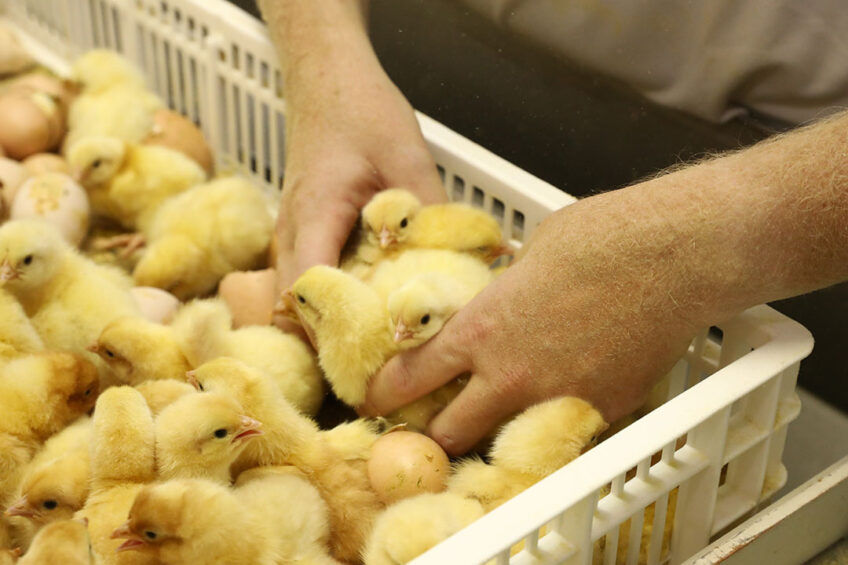Solid demand for chicken meat in Canada

Demand for chicken meat in Canada remains solid at retail and in the post-pandemic fully recovered food service sector. Chicken meat production is forecast to show moderate growth in 2024, predicted to reach 1.445 million metric tonnes. Meanwhile, chicken imports are expected to stay strong throughout 2023.
Although below industry expectations, chicken meat production in 2023 is estimated at 1.410 million metric tonnes (mmt), which is almost 3% up from 2022. Further growth is expected for chicken meat production in 2024, rising 2.5% to 1.445 mmt. Ontario is the largest chicken-producing province in Canada, accounting for about one-third of the market.
The impact of avian influenza
A recently published USDA FAS report noted that domestic chicken meat production was not able to reach planned production levels, as the tight supply of day-old chicks and hatching eggs extended from 2022 into 2023. This was the result of lower egg hatchability and higher chick mortality in Canada and the US, with the US accounting for over 20% of Canadian requirements.
Additionally, avian influenza outbreaks throughout Canada and the US impacted breeder and hatching operations versus chicken growing operations. According to the Canadian Food Inspection Agency, almost 7.7 million birds (poultry species on both commercial and non-commercial operations) have – to date – been impacted by avian influenza since the first outbreaks in early 2022.
Canada’s poultry supply chain
In Canada, the chicken meat market consists primarily of broiler meat, which represents 97-98% of the market. The balance is comprised of other chicken meat, mostly spent fowl (stewing/mature hens). Under Canada’s supply management system, poultry farmers are not vertically integrated into the processing and further processing industries. A large number of independent chicken farmers, often relatively small family operations, supply live birds to processing companies.
Managing poultry production through a quota system
Canada’s poultry production is tightly controlled through a quota system. Representatives of chicken producers, poultry processors, poultry further-processors, and the food service sector make production decisions jointly, taking into account current and forecast data on various economic indicators (e.g., imports, stocks, sales, prices, competing protein, etc.).
Once a decision is made for a national production volume, the Chicken Farmers of Canada allocates the total national quota volume for every 8-week production cycle to each of the 10 producing provinces, where provincial-level organisations allocate the production quota to individual producers based on the producer’s share of the total production quota.
The prices at which chicken farmers sell their live birds to processors vary between provinces and are typically established based on a cost-of-production formula, with the major input costs being feed and day-old chicks.
Chicken consumption is up, up, up
Total chicken meat consumption in Canada has nearly tripled over the last 35 years due in part to the country’s steady population growth, which in 2023 reached 40 million, up 44% since 1990. The per capita consumption of chicken meat is expected to bounce back and exceed the pre-pandemic 2019 level in 2023. In 2024, FAS projects per capita chicken meat consumption to reach 38.5 kg.
Traditionally, Canadians prefer white meat (chicken breasts and wings) over dark meat (chicken legs and thighs), but demand for dark meat is gradually rising while prices for white meat cuts increase.
Imports typically subjected to TRQs
Typically, Canada imports chicken wings and chicken breasts. The report forecasts total chicken meat imports at 210,000 mt in 2024, up 10,000 mt from the estimated level of 200,000 mt for 2023. Most chicken meat imports are controlled and subject to several tariff rate quotas. Canada also imports chicken products that are not import-controlled, such as spent fowl and certain further-processed chicken products.
The US is Canada’s largest supplier of chicken meat, accounting for about 80-85% of the import market, followed by Brazil and Thailand. Because Brazilian chicken cannot be re-exported to the US, some Canadian importers are discouraged from importing it, despite its lower cost.
With the entry into force of the Comprehensive Economic and Trade Agreement (CETA) with the European Union, Canada has imported an increasing volume of chicken meat from EU countries (e.g., frozen wings and processed products from Hungary and Germany), adding competitive pressure on traditional suppliers.
Exports, and re-exports
The report forecasts 2024 chicken meat exports at 120,000 mt, up 5,000 mt from the estimated 2023 export volume. In general, Canadian chicken exports fall into 2 broad categories. ‘Re-exports’ under Canada’s imports-for-re-export programmes constitute roughly half of all export shipments, with most products destined for the US. The remaining export volume is generally comprised of dark meat cuts for developing country markets.












